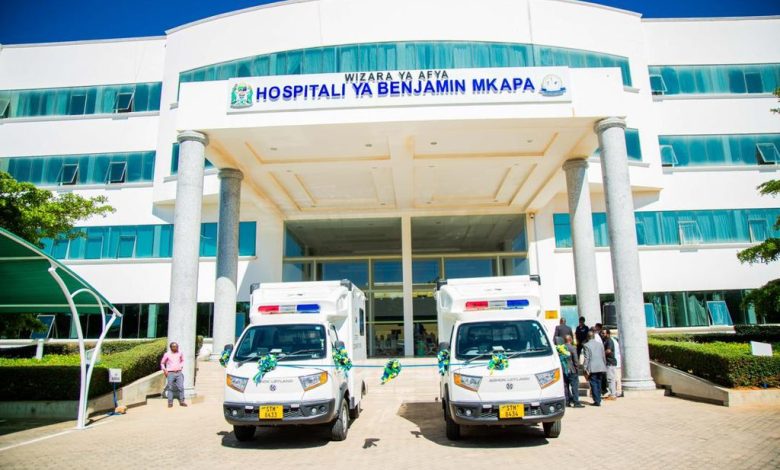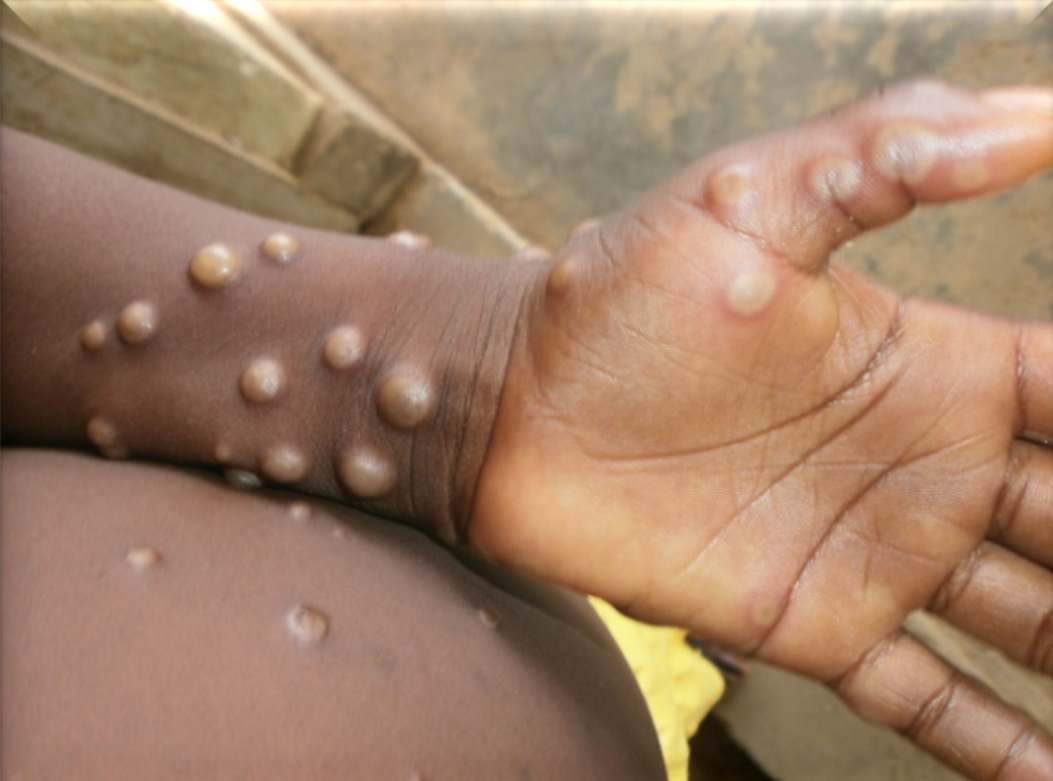On August 22, 2024, a surprising announcement caught my attention. The newly appointed Minister of Health, Ms. Jenista Mhagama, made a bold declaration that all public hospitals and health centers across Tanzania must attend to outpatients within three hours of their arrival.
This directive comes at a time when Tanzania’s healthcare system is overwhelmed, with public hospitals struggling to cope with increasing patient numbers, leading to prolonged waiting times. The surge in demand for medical services is exacerbated by a shortage of healthcare providers and inadequate resources.
The Minister’s statement reignited the conversation around the importance of an interconnected healthcare system, which should ideally flow seamlessly through three phases: pre-hospital care, in-hospital care, and outpatient follow-up.
For starters, prehospital care means the care provided to a patient prior to and during transfer of that patient to a hospital.
Despite substantial investments in major hospitals like Muhimbili National Hospital, Jakaya Kikwete Cardiac Institute, and Muhimbili Orthopedic Institute, Tanzania’s healthcare system lacks the cohesion needed to optimize patient care.
Currently, anyone feeling unwell can head straight to public hospitals, often overwhelming facilities and contributing to longer wait times, because there is no “gatekeeper” ensuring that only those in need of urgent care are admitted.
A well-organized prehospital system could revolutionize patient flow by evaluating their condition before they reach the hospital. I see a pressing need for a system where patients are evaluated before arriving at the hospital to determine the level of urgency for care.
Such a service would assess the urgency for care and identify the most appropriate treatment, ensuring only those in genuine need are directed to hospitals while others are offered effective care and advice at home. Many illnesses can be managed without hospital intervention, but with low health literacy, many people rush to health facilities unnecessarily. This not only wastes time but also places undue strain on already stretched healthcare resources.
If the prehospital system isn’t working well, people can’t get the help they need on time before they get to the hospital. For instance, a study done at a tertiary hospital in Tanzania found that it took people with strokes an average of almost two days to get to the hospital, counted from the time the patient developed symptoms to arrival at the health facility. This was reported by SS Matuja et al. in their study that observed this trend among patients with that kind of stroke characterized by sudden loss of blood circulation to an area of the brain (ischemic stroke).
In such patients,the best chance of quick recovery hinges on receiving treatment within a crucial 4.5-hour window. An efficient prehospital system, complete with reliable ambulance services, could drastically reduce the time to treatment and improve survival rates.
In a country with over 60 million people, ensuring equitable access to healthcare without overwhelming the system is a delicate balancing act. Without a functioning prehospital system, there is a real risk of overuse, straining resources and exacerbating healthcare costs.
Robust prehospital systems needed
The core elements of the pre-hospital system include dispatch centers, response units, healthcare facilities, emergency medical services personnel, and medical oversight which are interconnected. Thus, if well established, could streamline healthcare delivery by coordinating appointments, understanding the volume of incoming patients, and matching them to available healthcare personnel.
Imagine a toll-free number, connected to prehospital services, where patients receive expert medical advice tailored to their condition, alongside guidance to the nearest health facility. This would vastly improve patient outcomes and ensure resources are used effectively.
Establishing a comprehensive prehospital service could mitigate patients’ challenges by offering timely medical advice and reducing unnecessary hospital visits. In critical situations such as when patients cannot breathe or patients have severe bleeding, or respiratory distress, well-equipped ambulances could provide rapid, life-saving transport to the nearest hospital.
In my next article, I will delve deeper into the core elements of prehospital services, explore strategies for implementation, and discuss the monitoring and evaluation of healthcare quality.








